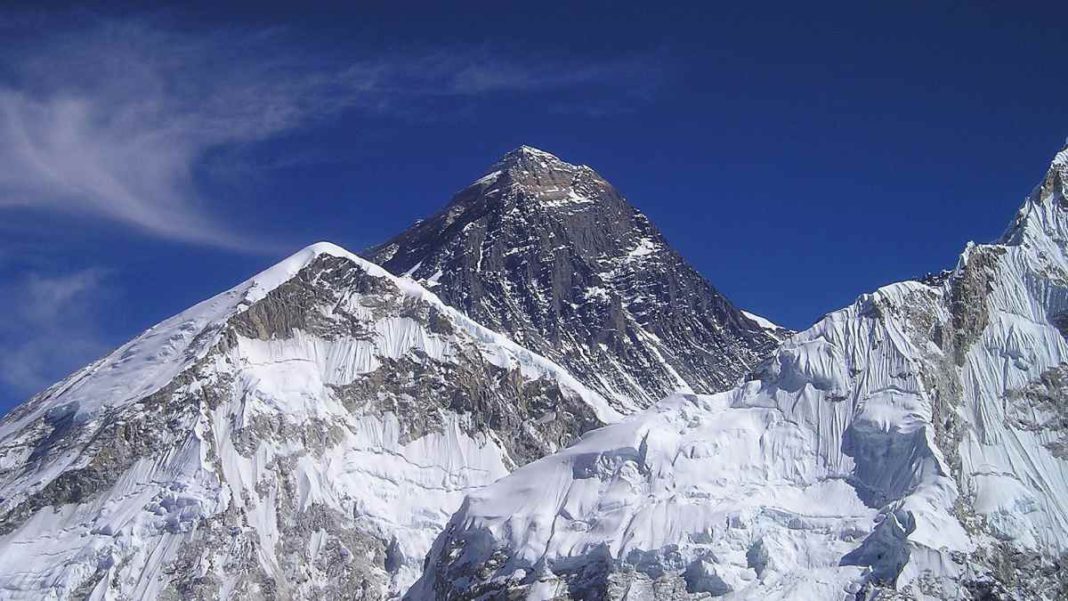INDIA: Scientists from the Indian Institute of Science (IISc), Bengaluru, and Niigata University, Japan, have unearthed remnants of an ancient ocean that once thrived in the Himalayan region around 600 million years ago.
This remarkable find could shed light on a crucial event in Earth’s history and provide essential insights into the planet’s climatic evolution.
The joint team of Indo-Japanese researchers stumbled upon water droplets trapped within mineral deposits, believed to have originated from the pristine ocean that existed during the “Snowball Earth glaciation” era. This period, occurring roughly between 700 and 500 million years ago, was characterized by extensive ice coverage on Earth’s surface.
After this glacial episode, the planet witnessed the “Second Great Oxygenation Event,” a momentous event that ushered in increased levels of oxygen in the atmosphere. This boost in oxygen paved the way for the development of complex life forms.
While these events have long been recognized by scientists, understanding the relationship between the glaciation and the oxygenation event has been challenging due to a scarcity of well-preserved fossils and the absence of past oceanic records.
The recent discovery in the Himalayas of mineral deposits containing both calcium and magnesium carbonates serves as a time capsule for the ancient ocean’s history.
“These mineral deposits are like time capsules for paleo oceans,” remarked Prakash Chandra Arya, lead author of the research and a PhD student at the Centre for Earth Sciences (CEaS), IISc.
The researchers’ analysis of these deposits indicates that sedimentary basins in the region experienced a prolonged period of calcium deprivation, likely attributed to reduced riverine input.
Consequently, the scarcity of calcium led to elevated magnesium levels, and as magnesium deposits crystallized, they preserved droplets of ancient ocean water.
Professor Sajeev Krishnan, corresponding author of the study and a member of CEaS, elucidated the significance of this phenomenon. “As a result, there was no calcium influx during this time due to the lack of ocean movement. As more calcium precipitates in the absence of flow or calcium intake, the amount of magnesium increases, the scientist noted.”
The researchers postulate that the calcium deprivation might have triggered nutrient deficiency, fostering ideal conditions for the growth of slow-growing photosynthetic cyanobacteria.
These organisms, through their photosynthetic activities, are believed to have released copious amounts of oxygen into the atmosphere, contributing to the Second Great Oxygenation Event.
To validate their findings, the team conducted extensive laboratory analyses across an extensive stretch of the western Kumaon Himalayas, covering areas from Amritpur to the Milam glacier and Dehradun to the Gangotri glacier region.
The confirmation that the mineral deposits indeed originated from the precipitation of ancient ocean water and not from other sources like submarine volcanic activity or the Earth’s interior lends credibility to the study’s implications.
The revelation of an ancient ocean’s remnants in the Himalayas not only provides a glimpse into Earth’s enigmatic past but also serves as a treasure trove of climate information.
Insights gained from this discovery may aid climate modeling efforts, enhancing our comprehension of Earth’s climate dynamics and ancient ocean ecosystems.
Also Read: ‘New Naruto’ Series Bags Promo Video, Elevates the Hype for Anime Debut



